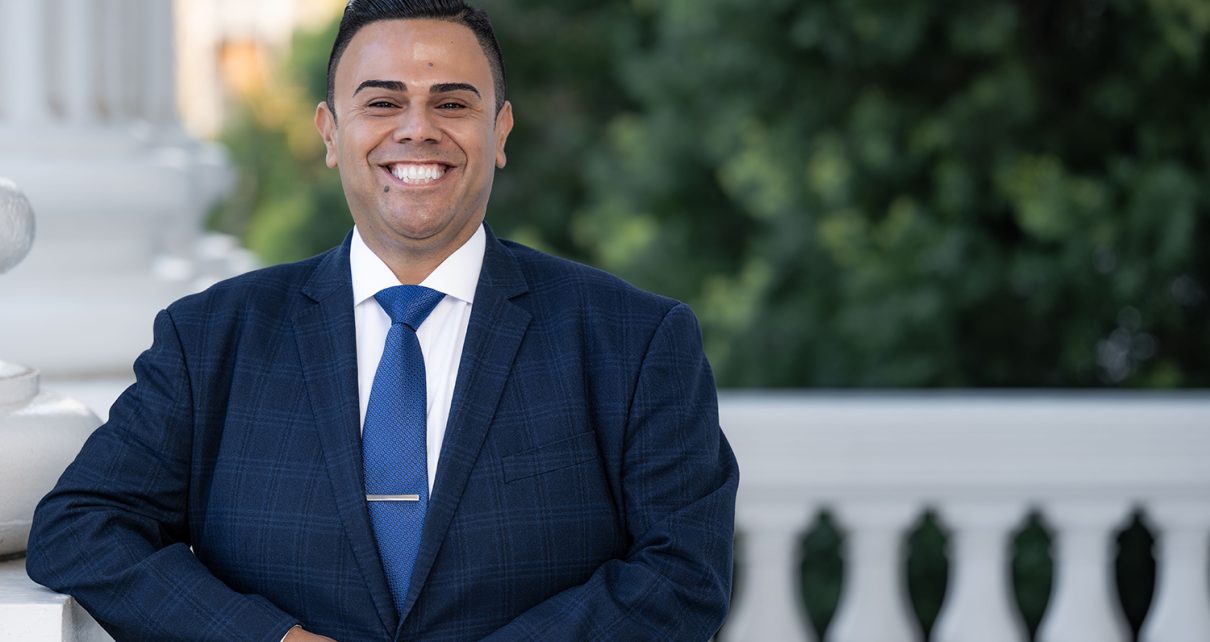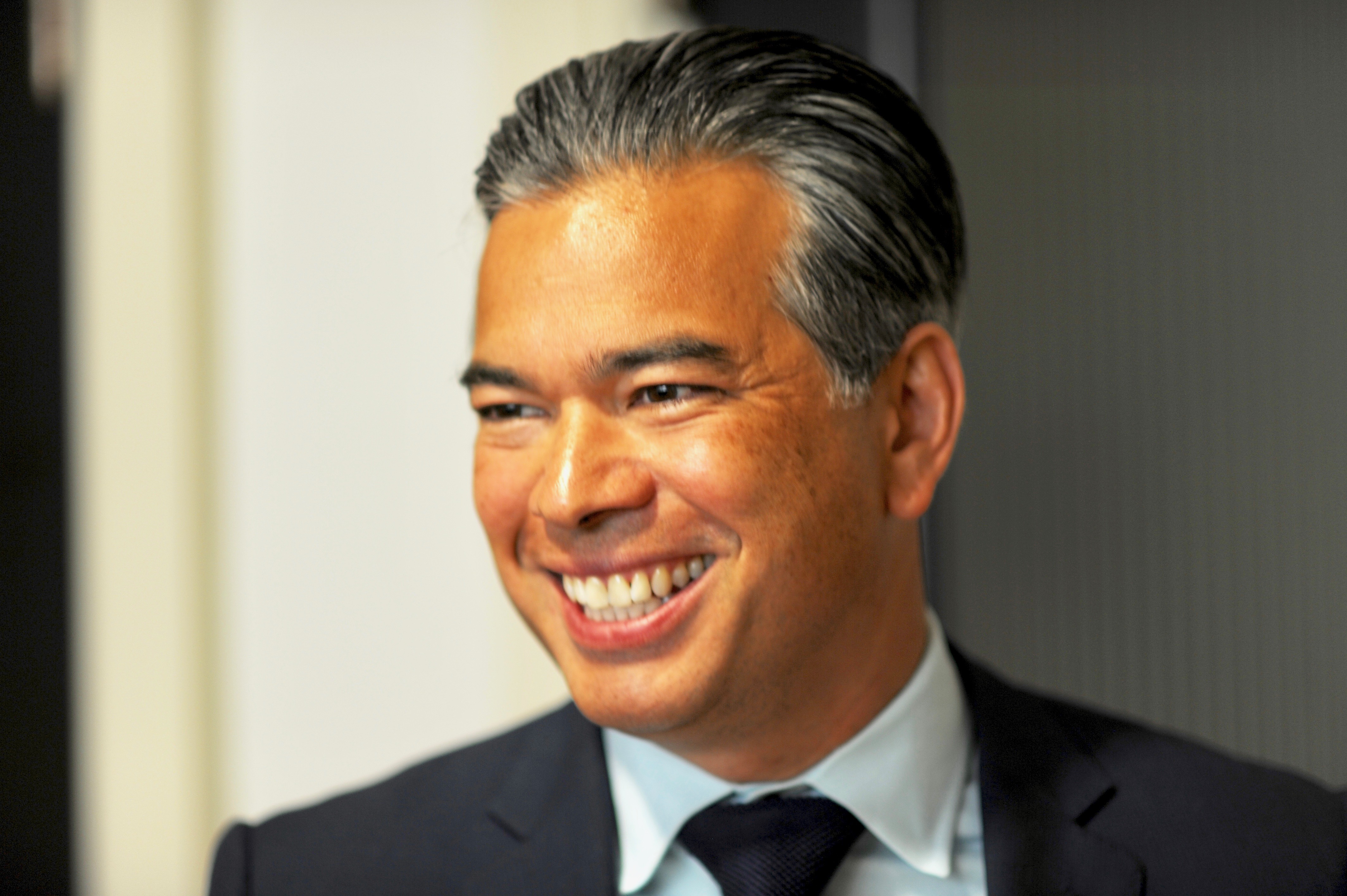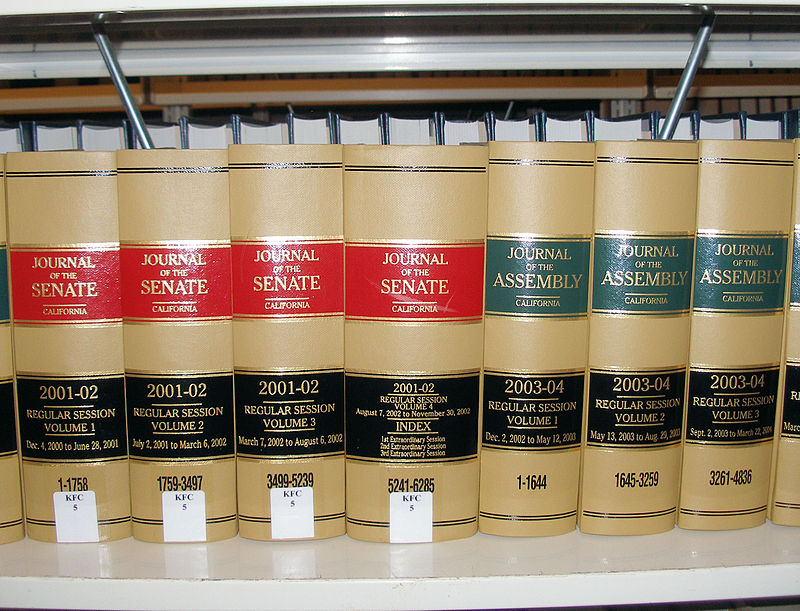
Assemblyman Mark Gonzalez (Photo: https://a54.asmdc.org/)
New Bill to Grant $5 Million In One-Time-Only Dual Language Immersion Programs
‘The state is trying to go all in on bilingual classes’
By Evan Symon, February 21, 2025 2:42 am
A bill that would would give the Dual Language Immersion Education Instructional Materials Grant Program a one-time appropriation of $5 million to increase the availability of instructional materials in Dual Language Immersion (DLI) programs across California was introduced in the Assembly this week.
Assembly Bill 865, authored by Assemblymen Mark Gonzalez (D-Los Angeles) and Jose Solache (D-Lynwood), would would establish the Dual Language Immersion Education Instructional Materials Grant Program and would appropriate $5 million from the General Fund to the Superintendent for purposes of providing one-time grants to school districts, county offices of education, and charter schools to increase available instructional materials in partner languages for dual language immersion programs at one or more school sites. The bill would require a grant recipient to report to the department, on or before June 29, 2029, on how grant funds were expended and provide the department with a physical or digital copy of instructional materials purchased with the grant funds. Finally, AB 865 would require the department to submit a report to the appropriate policy and fiscal committees of the Legislature, on or before December 31, 2029, that includes the data received from the grant recipients.
According to the press release, AB 865 further prioritizes languages spoken by English learner students in California. The California Department of Education (CDE) will administer the program over three years, with $3.5 million allocated to DLI programs in the five most common partner languages among English learner students—Spanish, Vietnamese, Mandarin, Arabic, and Cantonese. An additional $1.5 million will be allocated to DLI programs in other partner languages, including Korean, Armenian, and Japanese.
The bill was introduced because of the need to meet the 2030 goal of having at least half of California’s students who don’t speak English at home become bilingual.
“AB 865 will ensure that teachers have access to the instructional materials they need to better serve our diverse student population,” said Assemblyman Gonzalez. “With over 70% of my district speaking a language other than English at home—including Spanish, Korean, Mandarin, Cantonese, and Japanese—this bill is a necessary step toward educational equity and multilingual proficiency.”
“Dual language immersion is an effective educational model that supports increased engagement and helps our students to embrace the diversity of our communities,” added Assemblyman Solache. “Increasing resources and opportunities for dual language immersion programs has proven to improve academic outcomes for students and strengthen their foundation for future success. I commend Assemblymember Mark Gonzalez for his leadership on this important educational measure.”
Dual language immersion vs. English only language immersion
However, AB 865 is also being used as a way to ensure funds continue to go to bilingual education programs in California as the federal government slowly shifts more to English-only. Last month, the Trump administration shut down several federal Spanish language sites. And this month, federal cuts have slashed some bilingual education grants. With the threat of federal bilingual education funds drying up, AB 865 would help keep the programs alive, especially with any more federal cuts.
California has a long history of switching between bilingual education programs and English language only immersion programs, with bilingual programs having only been the state program of choice since 2016. The California Department of Education has defended these programs since their inception, and has said that they are not replacing English with another language, but instead giving them a chance to learn a second language. As the Trump administration has been shown to heavily favor English language immersion programs, the bill could likewise serve as sort of a block against switching back.
“Which works better? It depends on which study you use,” said Helena Alexander, a Spanish teacher who has taught under both systems, to the Globe on Thursday. “Speaking from experience, English immersion classes make them learn the language much faster, but dual language helps them understand other classes a bit more but at the cost of gaining English proficiency.
“When we had foreign exchange students go out, you know, you are dropped in another country and have to learn it on the go. You don’t get dual language classes overseas and kids doing that still do ok. So, from what I’ve seen, English immersion programs are better because you get the language so much faster. And, even in cities like, say, Los Angeles or Miami, not knowing English can still make you struggle in society, as not everything is labeled in two languages and a lot of people don’t know much Spanish.
“This bill shows me, as a teacher, that the state is trying to go all in on bilingual classes. And they seem like they’re in a rush to do it. And yeah, they probably fear more Trump cuts and perhaps more people, more prominent people, wanting English only classes. Honestly though, I’m not sure what more the funding will do. It all seems more of a statement. Unless there was a bill that would remove Spanish from signage or, say, renaming San Francisco to St. Francis, it seems like a bit of wasting money.”
- Bill to Require Law Enforcement Disclosure if AI Was Used To Help Write Reports - August 7, 2025
- Gov. Newsom Files FOIA Request To ‘Expose True Cost’ Of L.A. Federal Troop Deployment for Anti-ICE Riots - August 6, 2025
- California Redistricting: How Newsom’s Plan Will Demolish Hard Fought GOP Gains - August 6, 2025





For a good handle on integrative conversation, may I suggest legal immigrants target conversation with people over 50 years of age, free of nasal or labial metallica. That would be much cheaper and they can thank us later by becoming Republicans.
How about this, Dem Asm Mark Gonzalez: NO
Wow, the chutzpah from these people never ends.
But on the bright side, it’s something you can always count on in this state!
The Dems love to redefine words and they are doing it here again to hang on to a money stream they don’t want to let go, and for that reason only. “Immersion” was meant to apply to Spanish-speaking students learning English at school by being “immersed” in it, with no separate Spanish-language instruction. For anyone. It was found, and once-upon-a-time even LAUSD would have admitted this, that the result of this kind of “immersion” helped Spanish-speaking students do much much better in the end.
But that was long ago, when school districts actually cared about student learning and student progress. Now, with rare exceptions of committed teachers and other staff, all bets are off. With CA at #49 (or would it be #50 now?) out of 50 in the U.S., we would have to be as delusional as the school admins and teachers’ unions to give ONE MORE PENNY to our severely under-performing and actually harmful-to-kids California schools. You want what you call “dual immersion?” Have a bake sale and a car wash and finance this crap with the money you raise form THAT. Meanwhile get a clue and leave the taxpayer alone with your nonsense
Send a noisy but civil email to your Asm if you are so inclined:
https://www.assembly.ca.gov/assemblymembers
AB 865.
Spanish/English Dictionary
Cost: $5.00.
Chinese/English Dictionary
Cost: $8.00.
$5M divided by $10 = 500K Dictionaries